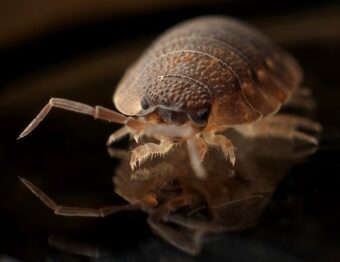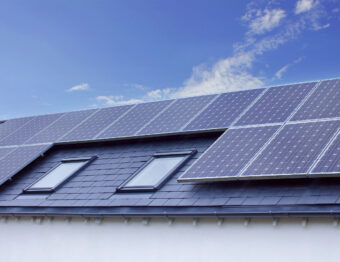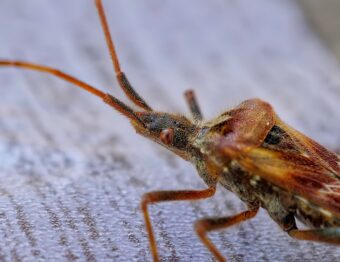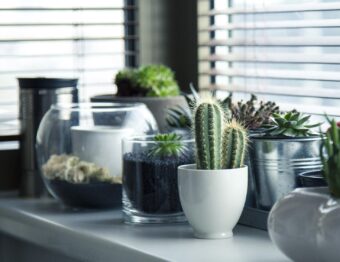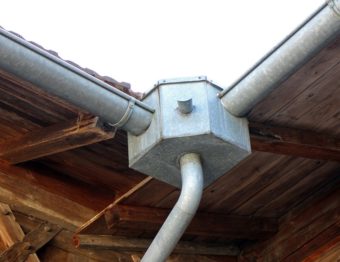
Can’t seem to find a reason why your garden isn’t growing as well as usual? Whether you’ve just started planting in your garden or you’ve been cultivating your plants for years, the correct maintenance can make a world of difference to the health, longevity and appearance of your shrubs and blooms. We’ve rounded up the top three tips you need to make sure every plant in your garden thrives, whatever the weather.
1. Plan your space from the get go
Your gardening journey starts months before you see any blooms peeking through the soil. The best time to sow your seeds depends on what type of shrubs or vegetables you’re planting. However, generally speaking, the majority of plants should be planted in spring time, when the weather is reliable enough to avoid the soil freezing, or your plants dying as a result of an unexpected cold snap.
Preparing for the upcoming months is key to growing healthy plants all year round. Most flowers will respond best to being planted in early May time, when the weather is mostly warmer, the sun shines more regularly and the soil is moist. If you’re seeding from scratch though, you can start to plant more hardy root vegetables, like asparagus and rhubarb, in late winter, while you prepare the rest of your patch for planting later in the year.
2. Avoid any plants you’re unsure about
If you’ve let your garden become unruly or overrun, or you’ve just moved into a new area, a good starting point is to categorise every plant and weed in your garden. As well as making sure you’re not growing anything that needs more space too close together, so that each of your blooms has the chance to thrive, this will help you spot any invasive or non-native plants. The nature of invasive plants means many grow quickly, getting out of control if you don’t keep an eye on them.
Plants like Japanese knotweed, giant Hogweed and Himalayan balsam are some of the most common invasive species in the UK. These can have a devastating effect on the other plants growing in your garden, as well as your home and area around you. If you think you’ve found invasive vegetation in your outside space and you’re not sure what steps to take, Ebsford Environmental are there to help you remove the dangerous plants and roots, while causing as little disruption as possible to the other shrubs growing in your garden.
3. Make sure your maintenance is up to scratch
While you might be enthusiastic to see your plants bloom as soon as possible, many seeds grow best when they’re left with the sunshine and regular watering. Keeping a close eye on your shrubs while you’re watering will help you keep track of any changes, but unless you see any dead leaves or flowers, or even spot a plant disease or bug infestation, they’re best left to grow under their own steam. However, it’s a good idea to get a basic planting toolkit together, so when you do find any issues that need attending to, you can prune, water, rake and re-pot your plants as soon as possible.
Finally, it’s important to do your research when it comes to helping your plants thrive once they’ve started growing. Check out the watering and sun requirements for each of your blooms and shrubs: while you might think each needs water every day, every plant prefers specific maintenance. Over watering without the right drainage in place can cause your plants to die off a lot sooner. Be careful to only ever water the roots and soil of your shrubs, rather than the leaves, too. On really hot days, watering your leaves can cause them to scorch, limiting their lifespan.
